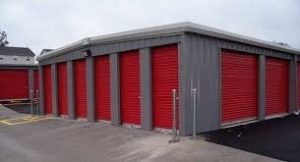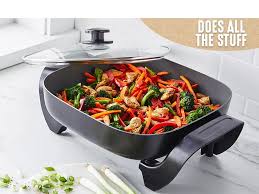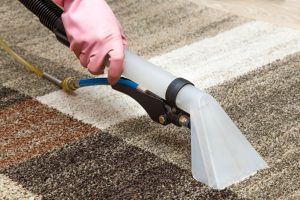Imagine waking up to a cold morning, your breath fogging up the kitchen window, and the water for your tea just not boiling. Multi-fuel stoves come in and do their job like a loyal old dog. These stoves work best when they can be moved about. You can throw in coal, seasoned wood, smokeless pellets, or even peat if you like that old-fashioned look, and they’ll take it all. This flexibility is a lot like owning a Yorkshire fireplaces at home, except for the strange bottle opener.
People that live off the grid or have trouble with their electricity grids have to use whatever burns best that week. One day wood, the next day anthracite. Having a stove like this makes rising gas prices seem silly. People recall their grandparents poking the fire and feeding it with whatever they found lying around. It’s still just as useful now.
You should know that installation is a bit of a circus. Ventilation is important. If you’re not careful with your flue, your lovely home could become a smokehouse. Not very tasty unless you like the taste of smoked curtains and coughing episodes. Once everything is in place—cleaning the chimneys, testing the seals, and dumping the ash—maintenance isn’t nearly as hard as it appears.
People often forget that these stoves keep giving off heat long after the flames go extinguished. Thick cast iron holds heat and then slowly releases it. Your toes still tingle when you walk in after the logs are gone, like you’re stepping into a memory. That soothing, constant heat is different from what central heating can do.
Let’s talk about gas. Wood burns longer and hotter than coal, but coal smells and sounds like wood. Pellets are neat and almost ready-to-use heat. No matter which one you choose, having options is a lifesaver when storms come or supply lines get messed up. Just don’t try to burn wet logs or, heaven forbid, painted wood. It will smell bad and be bad for you.
Some stoves are square, while others appear like ironwork that has been shaped. No matter what, they find a way to get into your routine. Set the fire early, toast the bread on top, and maybe let a stew simmer. It’s like having an extra set of hands in the kitchen. If the power goes out, you’re the neighbor everyone wants to see.
Think about the coldest weeks of the year. A cup of cocoa, warm socks, and a stove that purrs and can burn anything you put in it. Stoves that burn more than one kind of fuel aren’t only warmers. They are the quiet, fiery protectors against the cold of winter. And somehow, they always make a house feel like a home, one ember at a time.






















